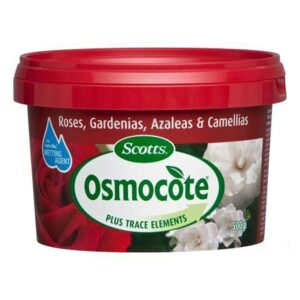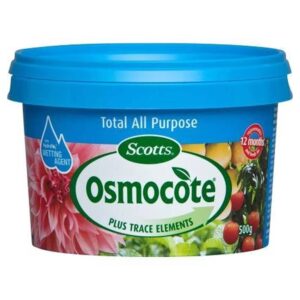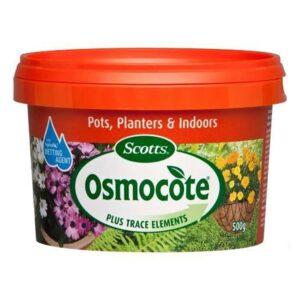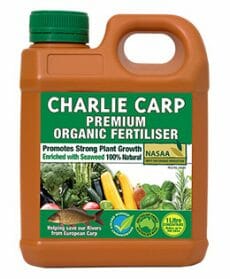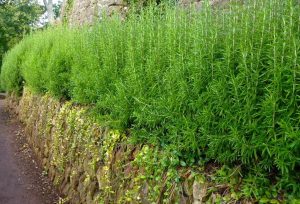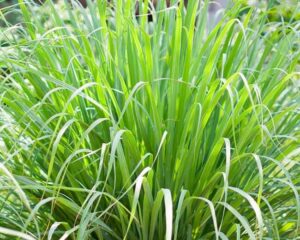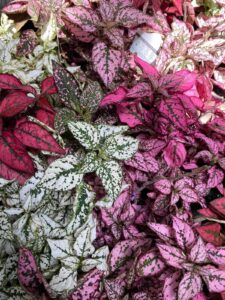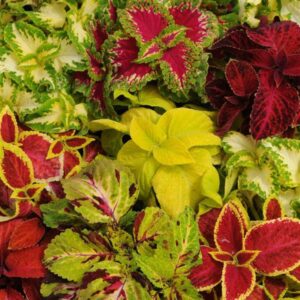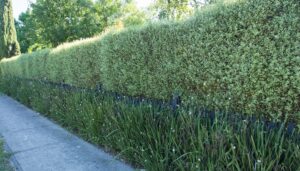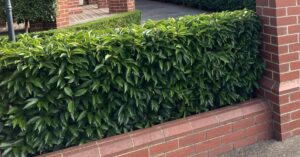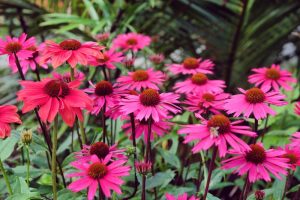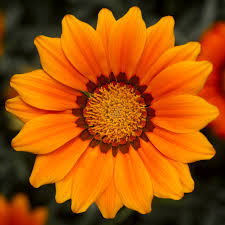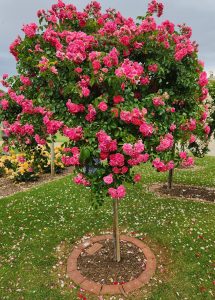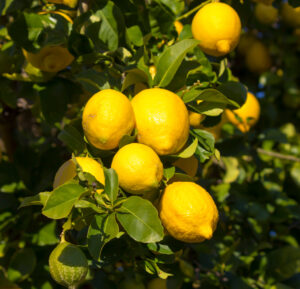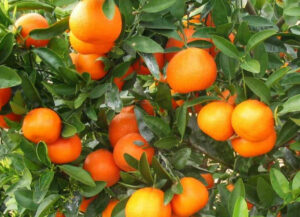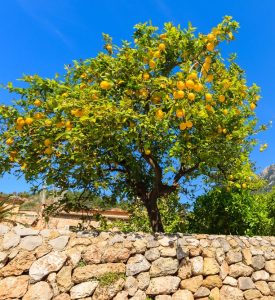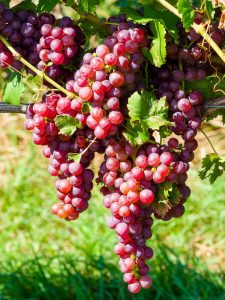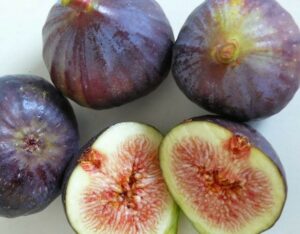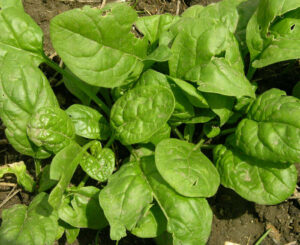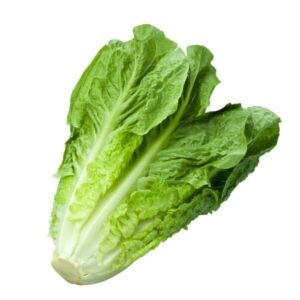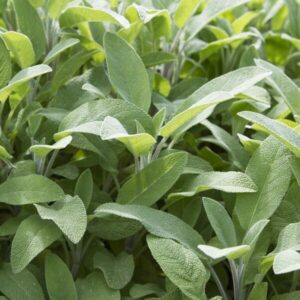
February in the Garden!
Hello Hello, dear gardening friends!
Holidays are over, the kids are back to school, and Melbourne is slowly resuming its activities in its little bubble in comparison to the rest of the world. Our thoughts go out to all those still affected by COVID. After all the sacrifices made by Victorians during the lockdown, we do deserve this little moment of calm and we hope you had a smooth start to the year so far. February is the time to stop being scared!
Scared of what you may ask? COVID? Yowies? Swooping Magpies? Well, yes to all of these, but most importantly: Stop being scared of putting plants in the ground because of the heat!
We usually have long hot summers with blistering heat waves, where we have to water our plants twice or more a day to prevent them from dramatically flopping over, shriveling up to a crisp. This year’s summer is cooler due to the La Lina polar vortex, but one downside to this cool weather is that tomatoes are taking forever to ripen up, and many of us are still waiting for that to happen. We have included a few tips on ripening up your tomatoes faster, later in this article. In February, there are fewer flowers on plants as most have put on their most lavish displays earlier this year, and are now covered with spent blooms. Some other plants such as Corymbias, Crepe Myrtles, Weigelas, Kangaroo paws, Daisies, and Roses are still flowering beautifully. In the garden, there is always lots to do, so here are the main points:
In February, there are fewer flowers on plants as most have put on their most lavish displays earlier this year, and are now covered with spent blooms. Some other plants such as Corymbias, Crepe Myrtles, Weigelas, Kangaroo paws, Daisies, and Roses are still flowering beautifully. In the garden, there is always lots to do, so here are the main points:
Planting and Watering
With the lower temperatures, you can put any plant in the ground safely without any risk of shocking or stunting them. Just make sure to water them generously and keep the soil moist, but not too wet. This is the best time for a large property and commercial landscape planting. As of mid-February, the rate of evaporation of water from the soil is less, so you can water your plants less frequently, or adjust your irrigation system accordingly.
Dead-heading and Pruning
After the beautiful first summer blooms, many of the flowering perennials are now covered with spent flowers, which are busy producing seeds inside. Some plants have a big flush of flowers at once, such as catmint, while others flower more consistently over the flowering period, such as daisies. The longer you leave spent blooms on the plant, the more resources or nutrients they utilize to produce seeds, and the plant will feel that it has completed its life cycle, i.e producing seeds to ensure the next generation. The best thing to do is to remove spent blooms once the flower petals shrivel up. This will encourage more flowers to pop out. Very often the late summer blooms do not look as good as the earlier ones.
You can give those plants a beautiful second late Summer-Autumn flush of flowers by doing some light pruning and removing all flowers, followed by an application of bloom-promoting fertilizer or seaweed solution, preferably by foliar application, and also applied around the root zone. Make sure to deadhead your Agapanthus early, to prevent them from going to seed, as they can get quite invasive.
Fertilizing
Due to the frequent watering in summer, nutrients leach away from the soil, especially from pots and planters. Nitrogen or Nitrates are the most common nutrients that leach away along with other highly soluble minerals such as calcium. You may tend to notice discoloration or yellowing leaves on your plants. The best way to prevent leaching is by top-dressing your soil with organic matter, compost, manure and encouraging microbial and fungal activity in the soil. Mycorrhizal fungi create tiny root-like dense webs in the soil that hold on to moisture and nutrients. Most importantly, they create a complex network for nutrient and resource exchange between various plants. Use slow-release fertilisers or seaweed solutions instead of traditional instant NPK ones. These take time to break down and give a steady supply of nutrients for a few months. Choosing the right fertiliser for the right plant is important as these contain trace elements that the specific plants require and are often scarce in normal soil.
Click here to view a chart of the various deficiencies in plants.
Pests and Disease
Warmer weather and humid conditions create the perfect mix for a host of pests and diseases for plants. Identify them early, treat them, and keep your plants healthy all through summer.
• Rats and Possums love to nibble on our summer veggies, fruit and even blooms such as your roses! If left unchecked they will cause some real havoc in the garden. Avoid poisons at all costs, as these may kill other animals such as birds, cats, or even dogs. Opt for more natural ways of getting rid of these pests such as live traps, and release them somewhere far away.
• Mosquitoes are always lurking around the garden waiting for unsuspecting gardeners. You can plant a range of mozzie-blocker plants to deter them such as Lavender, Marigolds, Citronella or Lemon Grass, Catnip, Rosemary, Basil, Scented Geraniums, and Lemon Balm. Plant as many as you can, ideally about 5-10 plants for a patio area. Remember, mosquitos breed in still pools of water such as ponds or the trays of water around your plants. If you have a lot of mosquitoes you may want to empty your pot trays and refresh the water regularly to wipe out that next mosquito generation.
Alternatively, here is an old mosquito repellent recipe that you could try. Some people swear by its effectiveness. Let us know how well it works for you! Take a big bottle of cheap blue mouthwash, 3 cups of Epsom salts, 3 stale bottles of cheap beer. Mix all three until salts are dissolved. Spray anywhere outside in the garden, pool areas, or sitting areas and the mosquitoes are gone for about 80 days!!
• Powdery mildew is one of the most commonly occurring plant problems at this time of the year. It is a fungal disease that affects plant leaves and stems, coating them in what looks like a white or gray powder-like substance. In severe cases, powdery mildew can even spread to the buds, flowers, and fruits of plants. A simple remedy is a good spray of the following mix: 1 tablespoon baking soda with 1 tablespoon vegetable oil and 1 teaspoon dish soap in 1 gallon of water. Another option is a mix of 1 part milk with 10 parts of water.
• Blossom end rot is a common disorder of tomato, pepper, cucumber, and eggplant. Blossom end rot is an environmental problem (not fungal) most often caused by uneven watering or by calcium deficiency. (These can be related; uneven watering can interfere with the uptake of calcium.) This common garden “disease” is often brought on by rapid growth from too much fertilizer, high salt levels, or drought. It can be fixed easily by applying a liquid calcium fertilizer or top-dressing with some blood and bone meal, which is high in calcium.
• Blackspot and Rust commonly affect Rose plants. If you notice any of those on your roses, you can cut them back lightly, remove the diseased leaves, spray the remaining leaves with some organic copper-based fungicide, and also fertilize them to encourage new growth and blooms.
~~~~~~~~~~~~~~~~~~~~~~~~~~~~~~~~~~~~~~~~~~~~~~~~~~~~~~
Grower Clearance Sale!
We currently have a Grower Clearance sale for lots of big bushy plants. Click here to see all our specials for the month of February.
Colorful Foliage
Rather than relying on annual flowers for summer-long color, think of plants with colorful and interesting foliage. Coleus is one such plant that is easy to grow and easily adds a splash of color to any area of your garden. Here are some interesting options:
Fantastic Hedges
Block out those pesky or curious neighbors with a nice thick hedge. Also great to block out some noise and wind. Transform your garden into a little oasis of peace with these great hedging options that are all on sale right now!
Flowers
We have a fantastic selection of perennial flowering plants in store right now that are already flowering or just about to flower, such as Gazania, Dahlia, Fuschia, Calibrachoa, Daisies, and Echinaceas. You can easily plant these in your garden to make it pop with interesting textures and colors all Summer long.
Roses
Roses are blooming beautifully at this time of the year. Now is a great time to choose which one is your favorite in terms of color and scent, so make sure you check out our range of roses in full bloom now. It is also a good time to feed your roses with some balanced, bloom, or rose fertilizer. A good tip for more blooms on your roses is to dead-head the spent flowers regularly as this encourages more flowers. Avoid overhead watering as this can cause fungal problems. Watering early in the morning is better than in the evening. Once established, roses are quite drought hardy so water deeply only every so often. They are available in several forms such as bush form, climbing form, carpet roses, weeping roses, and as standard (ball on a stick).
Fruits
• Citrus plants. We have a great variety in 4L pots that are on sale right now! These are fantastic varieties that were originally destined for Victorian fruit farms, so you know they are born to produce fruit, plus they are very affordable.
-
-
-
-
Citrus ‘Lane’s Late Navel’ Orange 4L Pot
0Original price was: $54.99.$49.99Current price is: $49.99.
• Various fruit. Here is a great selection of the most popular and rare varieties, ideal for small spaces. These are in limited quantities, so better hurry up.
Veggies, herbs, and greens!
• Summer veggies such as peppers, eggplants, okra are currently fruiting and will be ready to harvest. Although it is too late to start them from small plants or seeds, you can always get some more advanced ones in pots and put them in the ground. Since we still have two months of summer left, they will grow well and bear fruit well into Autumn.
• Late Summer- Autumn Veggies such as Kale, Leeks, and Celery can be planted now as they prefer the cooler weather. Later in the month, once we get lower night temperatures, you can start sowing some cool-weather crops such as broccoli, cauliflower, and cabbages. If your current crops have already set fruit for the season and are slowing down or getting diseased, you can pull them out and try a second crop that you can push well into Autumn. Alternatively, you can plant some green manure plants to replenish the soil, then till them in, just in time for Autumn- Winter veggies!
• Leafy greens such as lettuce, spinach, rocket, endive, silverbeet, mustard greens, and celery will all grow well in the garden right now!
• Herbs are really easy to grow and can be grown in pots on your balcony or your patio. They will grow well in shaded, partly shaded, and sunny spots. You can harvest them and they will simply grow back. You can also chop them up, dry them and create your own mixed herbs for later use. Once you start planting your own herbs, you will never buy them at the supermarket again.
How to ripen up your green tomatoes!
You can either ripen your tomatoes indoors or on the vine. You can coax the ripening process from green to red when tomatoes are taken indoors—a much better plan than leaving them to wither on their vines. The key to ripening tomatoes is a warm, enclosed and dry environment. Tomatoes need warmth to ripen.
- In the bag: To ripen a few green tomatoes, put them in a paper bag, close it up, and store them in a warm location in your home. Kept enclosed together, the ethylene they emit will stimulate ripening. You can add a ripe banana or apple as well to speed things up. Once a tomato is ripe, remove it from the bag and enjoy it right away. Check the bag daily for mold or rot and remove any spoiled pieces.
- Box method: If you have several green tomatoes you want to ripen, consider using a cardboard box. Place them in the box so they do not touch one another. You can add a ripe banana as well. Close the box and, as with the bag-ripening method, check daily for mold and rot, or full ripening, and remove those tomatoes.
- The windowsill approach: Try this if your tomatoes have already started to show some ripened color. Simply put them on the sill of a window that gets sunlight. Inspect them daily for progress. You can also remove tomatoes you have ripening in a bag or box once they start showing signs of color and continue their ripening on the window sill.
To ripen tomatoes on the vine you can try:
- Remove flower clusters. Pluck new flower clusters from tomato plants that have already set fruit. Removing flowers will direct the plant’s energy into ripening the fruit already maturing on the vine.
- Remove small or excess fruit. Pick small or excess fruit off of the tomato plant. Removing immature fruit or fruit you will not use will allow the plant to divert energy into ripening larger, already maturing fruit. Tomatoes that reach “mature green” size and have their first blush of color can be ripened off the vine at room temperature.
- Remove some leaves. Pinch away suckers and lower leaves. Tomato plants almost continuously produce new shoots–called suckers–between the main stem and lateral branches. Pinch or prune away this new growth so that the plant can channel its energy into producing and ripening fruit rather than producing new leaves. Leaves just above fruit or fruit clusters should be left in place to protect the fruit from sunburn. Leaves low on the plant that turns yellow or brown or diseased leaves should be removed. These leaves are taking energy away from fruit ripening.
- Reduce water and food late in the season. Reduce water and fertilizer to encourage “mature green” fruits to ripen. Fertilizer–especially excess nitrogen–encourages new leaf growth at the expense of fruit growth and maturation. (Use fertilizer low in nitrogen 4-8-4 for tomatoes.) Reducing water as fruits reach mature size will enhance ripening (and concentrate flavor) and direct the plant’s energy away from new fruit set to ripening fruit already on the vine
- Some gardeners swear by feeding their tomato plants unsulfured blackstrap molasses, saying that the molasses not only provides tomato plants with energy but also makes ripening tomatoes sweeter and increases microbial activity in the soil. Use about a cup of molasses per two gallons of water, applying no more than once per week.
That’s it for this month!
We hope to see you in-store here at 1477 Sydney Road, Campbellfield! Stay safe and enjoy your garden!
Gardening February. Melbourne, Victoria, Australia.




